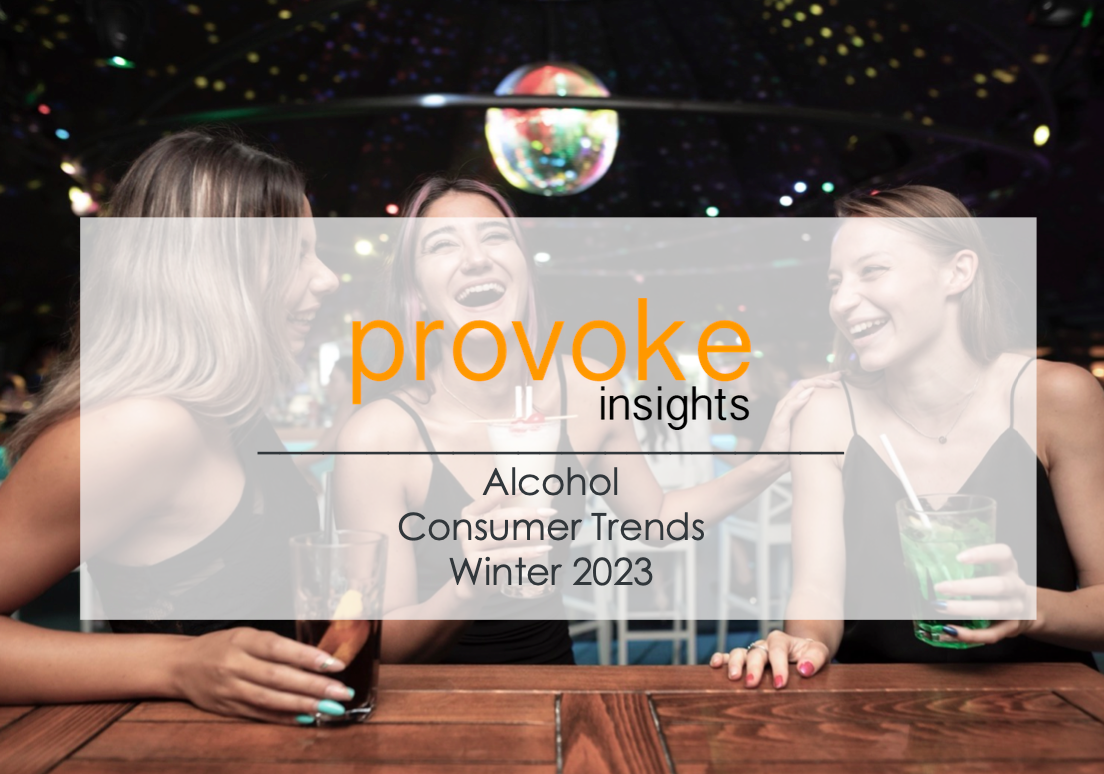The Alcohol Industry and the Role of Online
What is happening in the alcohol sector this fall? Provoke Insights investigated consumers’ alcohol buying behavior in its fifth wave of the consumer trends study.
Who’s Drinking Alcohol?
Americans like to drink! Almost half (40%) of consumers will be making alcohol purchases. These individuals are more likely men with a higher household income. They consider themselves more environmentally friendly. As a result, eco-friendly alcohol brands may stand out from the crowd. As these Americans favor shopping at small businesses, it is still important to have a presence at mom-and-pop liquor stores.
These consumers prefer to stick to familiar alcohol brands. However, in-store availability is a top influencer for 40% of these consumers when considering alcohol. To stay top-of-mind, brands in this category must ensure their products are available at multiple online and in-person retailers.
A Closer Look at the Liquor Sector
Vodka (21%), followed by whiskey (17%), is the most popular. While in-store still dominates for hard alcohol purchases (81%), over one-quarter of liquor purchasers buy online (28%).
The method they purchase online is mixed; online delivery services, big box retailer websites, national alcohol websites, and liquor store websites are all channels being used. Liquor brands need to consider the multiple ways consumers purchase online, as there is no single way.
Liquor buyers aren’t just drinking. They are interacting with their favorite alcohol brands as well:
Two-thirds (66%) engage with brands online, primarily through the brand’s website (28%), followed by social media (22%).
As brand familiarity is important to alcohol buyers, actively connecting to buyers online is essential for liquor brands to have an edge over competitors.
Methodology
Provoke Insights conducted a 15-minute survey in the fall of 2022 among 1,500 Americans between the ages of 21 and 65. A random stratified sample methodology was used to ensure a high degree of representation of the U.S. population (household income, age, gender, geography, ethnicity, and children in the household). Statistical differences between subgroups were tested at a 95% confidence level. The margin of error is +/-2.5%.












